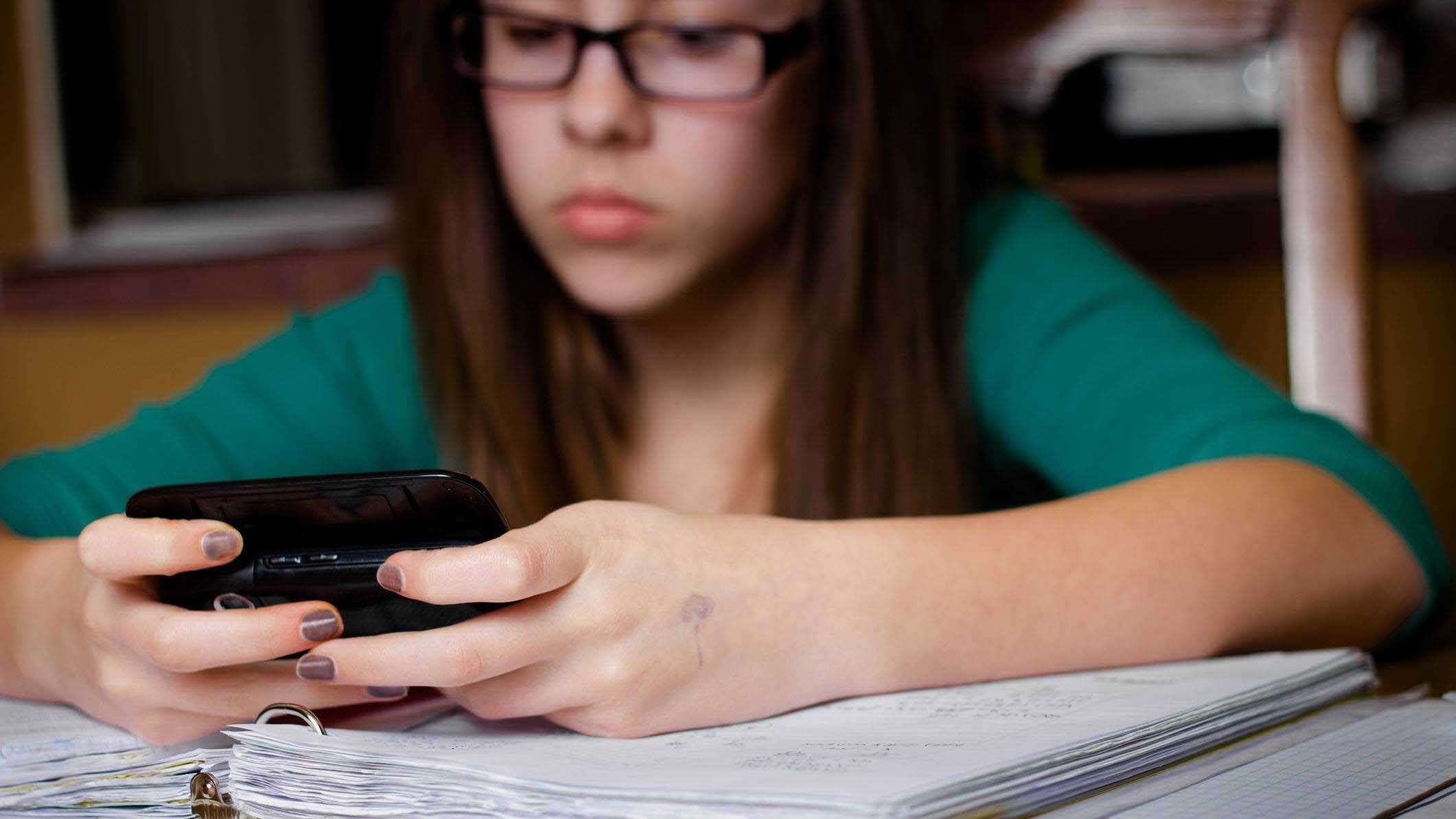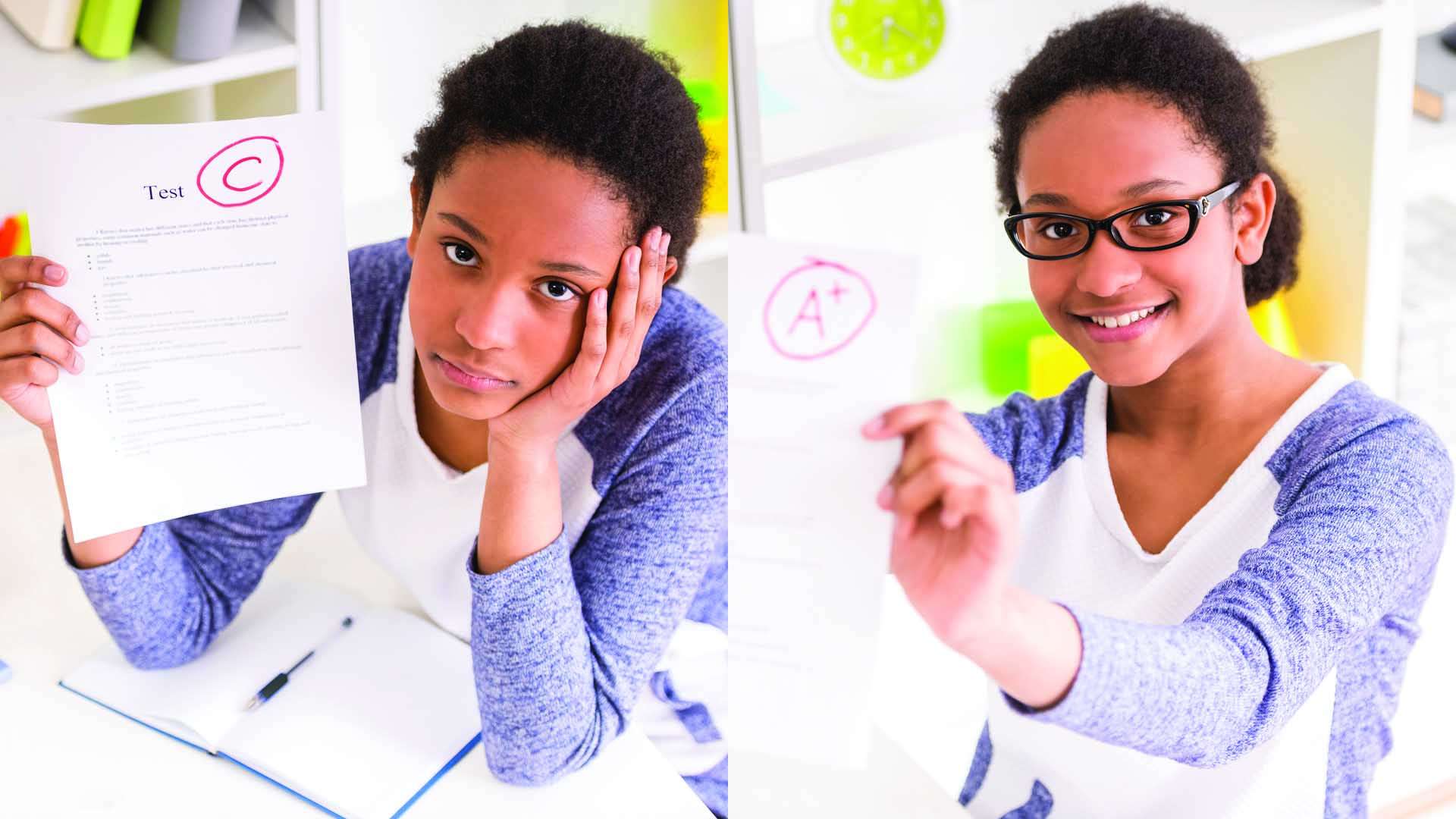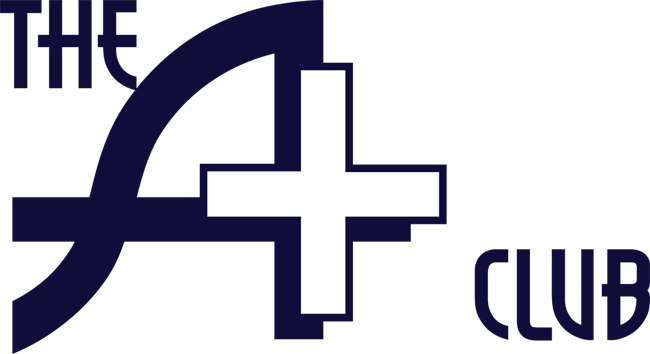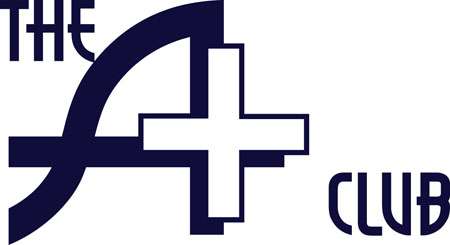Two years now since the shut-down ended, and things feel normal, finally. Kids are back in the classroom, school staffing has normalized, extracurricular activities are fully back, and schools don’t think twice about school-wide gatherings. Best of all, when there are little outbreaks of the flu, or even COVID-19, there is no panic. What a relief.
But what has not gone back to normal? Or, worse, what ill effects of the shutdown have become normal, so that there’s no going back to the old normal?
In this post, I will review a couple rather dangerous repercussions of the shutdown upon student academics. But first, let’s look at the upside.
Probably the largest benefit of the shutdown is that teachers have finally — FINALLY — learned to post assignments online. Pre-COVID, we at my academic support service, the A+ Club, estimated from our observations that about 40% of teachers regularly posted assignments online. It was most frustrating, as the practice punished students who are challenged by insufficient organizational functions.
In the good old days, even up to 2020, many schools would provide students with agenda books, and the expectation of the teacher was that the students would write down assignments in them in class. Thereby any online posting was gratuitous and a favor to the kids. Of course, as I’ve pointed out here many times, kids who use agenda books don’t need them, and those that need them don’t use them.
The shutdown put an end to the nonsense, and teachers now almost (almost) uniformly post assignments online. Any that don’t are the exception, which is the reverse of how it was before.
Parents, apparently, are 7% happier w/ K12 schools — than what? from 2021? Silly pollsters: Why did satisfaction with K-12 rise in the past year despite little changes? (thehill.com)
I’m hard pressed to come up with any other beneficial changes. Really. I can’t think of any others. Let me know if you do.
But here’s the worst outcome that will never be put back through that open barn door: online textbooks and assessments.
There are other difficulties, as we see with the current push to ban or prohibit cell phone use in schools — which is another by-product of the shutdown, as in isolation kids went entirely digital and fell into further blue-screen dependence.
But from my view as an educator and student advocate, the most disastrous of all is the continuance of online “learning”.
Like the SAT, which College Board moved to digital format for no other good reason than the bottom line, the textbook publishers and school districts are very happy not to have to move books around any more. Sure, they still exist. (With large, i.e. high-number, print runs, the cost of shipping a textbook is more than that for printing it.) But, as this 2015 article points out, K-12 Print Needs Persist Despite Digital Growth (edweek.org), the industry has long been looking to move to digital:
The massive shift in school districts from print to digital content is widely viewed in education technology circles as inevitable—and highly desirable.
That was 2015. Today,
While electronic media steadily gains more ground in the school instructional materials market, traditional print textbooks struggle for a foothold. Technology alternatives, viewed as an effective and cost-saving option, threaten the position of textbooks in the school market.
(Report: U.S. K-12 Publishing Market Reinvents Itself As Textbooks Steadily Lose Market Share Despite Moderate Growth (prnewswire.com)
So we see the industry incentives for digital textbooks and learning platforms. In the name of equity and budgets, school districts resisted the change, as it seemed unfair to require digital content to students without internet access or computers. (As a high school teacher in the mid 2000s, I delivered used PCs to families who didn’t have one.) Google, especially, has seen the K-12 market as a loss leader and has pumped schools full of Android tablets that probably cost them less than your average US History textbook.
Meanwhile, digital learning programs, such as IXL for math and “machine learning” sites like Brilliant, have long been making inroads. But the shutdown actually made them indispensable, as teachings simply couldn’t teach 30 kids in a Zoom or Teams meeting. Sadly, they have remained indispensable — at least for school and teacher convenience.
Theoretically, “machine learning” that provides immediate feedback and student-specific skills practice is the perfect means for what we call “independent practice” — when students engage the concepts and skills on their own. In practice, these systems are annoying to kids, as they are repetitive and dulling. Some kids like some platforms, but rarely do they all like the same one. It’s entirely hit or miss.
With homework, there’s no good option, and like agenda books, kids who do their homework will do it no matter the format, and those who don’t do homework won’t care.
With textbooks, however, the need for print is dire and irreplaceable. As with the digital SAT, online text is difficult to format and hard to read, so digital content tends to be shorter, dumbed-down, and generally meager. Student who read only online content utterly lack the ability to read more than a page or two of printed text. They’ve lost the ability to read for distance.
Books are simply the best way to convey information, be it math, biology, history or literature. They just are. And just as writing notes by hand yields greater learning retention, handling a book yields greater focus and content absorption.
Trust the science:
A student’s level of comprehension appears to be negatively impacted in certain situations when content is presented in a digital format. Singer and Alexander concluded when viewing information that is longer than one-page (500 words) students can better comprehend a printed versus digital format due to the disruptive effect of scrolling.
Potential Advantages and Disadvantages of Digital Textbooks – Robb – 2019 – Nurse Author & Editor – Wiley Online Library
That said, books read online is the worst way to consume information. Try a pdf of a textbook and you will quickly feel overwhelmed. Books are not made for screens, which is why when they are adapted to the screen they must be reformatted, text drastically reduced, and the information presented in chunks.
Here, try reading more than a few pages of this pdf textbook AP US History, “America’s History” . In the “flipbook” format its more digestible, but barely, and certainly not for a high school student.
You might say, well, Michael, kids aren’t going to read the textbooks, anyway.
True — unless they are taught to read the book. It’s a skill that must be taught and practiced. When I became a high school teacher, I realized this immediately. We worked regularly on how to read our World History textbook. After a few weeks of practice, some other teachers asked me, “Bromley, did you teach the kids to read textbooks?” The students began to apply the skill to their other classes, and their teachers were amazed.
And it’s not hard, as you can see in this article: Easy Ways to Read History Textbooks Effectively (wikihow.life). Not complicated, but kids need to be taught these approaches.
Sadly, student textbook reading is not taught and thereby not practiced. We can’t just give a kid a book and say, “Here, read this.” But if we teach them how, it is education gold.
– Michael





